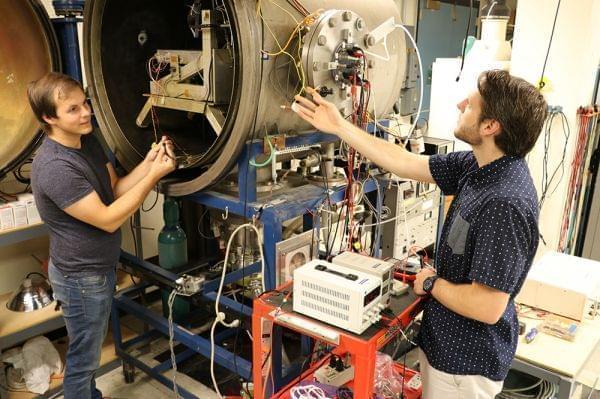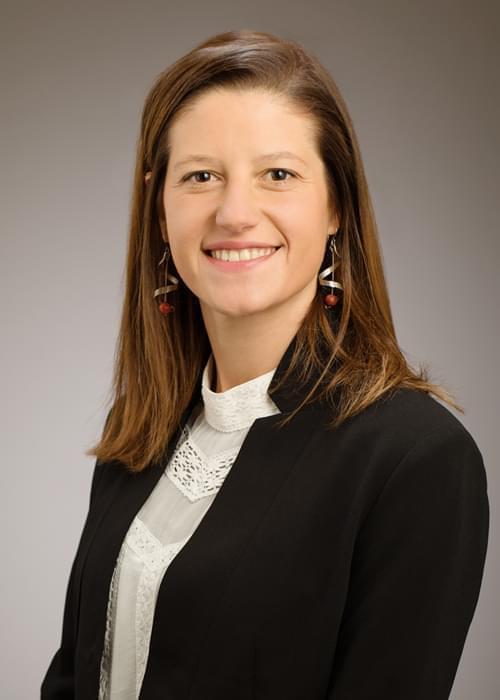NASA Awards Grant To U Of I Researchers To Study Rocket Landings

Aerospace engineering graduate students work with the vacuum chamber in Talbot Laboratory on the University of Illinois campus. The vacuum chamber will be used to simulate rocket landings on the Moon and Mars. University of Illinois
A team of University of Illinois professors has received a $550,000 grant from NASA to produce research to help get humans safely to the Moon and eventually to Mars.
NASA aims to return humans to the Moon by 2024 in preparation for a future Mars mission.
Laura Villafane Roca is a professor in the U of I’s aerospace engineering department and the principal investigator on the project. She and two colleagues, along with graduate students in the department, will investigate how particles on the surface of the Moon and Mars react during rocket landings. She said the team will use a vacuum chamber to create a low pressure environment, as well as a supersonic nozzle, a nitrogen jet and glass spheres to simulate rocket landings on the planets. Eventually, she said, the plan to use actual surface material collected during past lunar missions.

University of Illinois professor Laura Villafane Roca
Photo Credit: University of Illinois
“So we can actually play with a real thing,” Villafane Roca said. “So we'll be doing all these experiments in a low pressure environment,” she said.
Harry Partridge, chief technologist at NASA's Ames Center, said the proposal Villafane Roca and her team submitted was particularly intriguing given that it would allow scientist to better understand how surface particles interact with rocket plumes. NASA awarded the grant under its Space Technology Research Grants program, which offers funding to universities to develop research on early stage space technologies.
He said understanding what happens when a rocket comes in to land is of crucial importance because “particularly for the Moon, that dust is toxic. It has health implications. It gets inside your mechanical assemblies, your bearings and… it causes damage to parts.”
Villafane Roca said surface particles can also obscure cameras on the rockets, and prevent solar panels from functioning properly. Additionally, Partridge said landings can cause cratering on a planet's surface, which can prove problematic.
“If that crater gets deep enough, well, your rovers and stuff have trouble getting out of the crater and so you need to model how big is that crater going to be,” Partridge said. “So you can, by modeling that, answer a lot of questions on your mission design.”
Villafane Roca said producing data that NASA can use to model what could happen during a landing is the goal of the project.
“When we get to that stage, then we will be able to perform predictions of, okay, maybe I want to reduce the thrust when I’m landing so that the particles behave in a different way,” she said.
Assisting NASA with this research is a dream come true, Villafane Roca said.
“Knowing you put your small contribution to solving how to get safely humans and payloads to the moon, to Mars, and beyond, is, I mean, for me a great accomplishment in life,” she said.
Follow Lee Gaines on Twitter: @LeeVGaines
Links
- Durbin Promotes Yearly Automatic Funding Increases For Science Research
- NPR Science Podcast ‘Short Wave’; Uncovering An Airbnb Scam; Banning Leaf Blowers; Illini Sports Update
- New U of I Degree Program Combines Computer Science And Animal Sciences
- Researchers Engineer Tobacco Plants To Churn Out Useful Enzymes In Field Studies
- U Of I Researcher Receives Million-Dollar Grant To Address Food Insecurity

